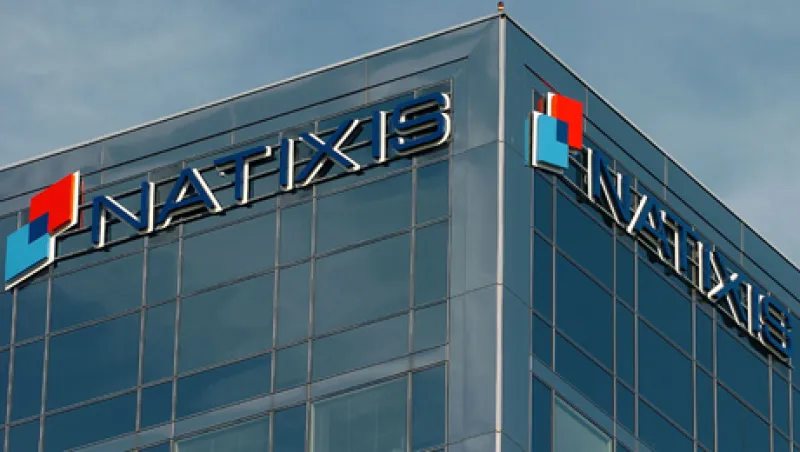Institutions continue to warm up to hedge funds and other alternative investments.
According to a new comprehensive global survey conducted by Natixis Global Asset Management — a $711 billion assets manager based in both Boston and Paris — institutions see moving more money to the asset class as a way to boost performance, lower risk and reduce correlation of assets.
Seven in ten (69 percent) believe they must invest in alternatives to diversify portfolio risk, according to the survey.
Nearly the same amount of institutional investors — 63 percent — believes they must invest in alternative assets in order to beat the broad market.
U.S. investors seem to be even bigger fans of alternative investments. Nearly three quarters (73 percent) are most likely to say alternatives are necessary to beat market returns, according to the survey.
The results come at the same time that hedge funds have underperformed the global market indexes for the past two years.
Institutions, however, say it is not just about absolute returns. About 90 percent of those surveyed world-wide believe that a large exposure to noncorrelated assets is an effective risk management strategy.
Investors who are already involved with alternatives are also big fans of the asset class. According to the survey, 85 percent of respondents who use alternative assets are happy with the performance of their investments while just 15 percent are disappointed.
What’s more, nearly one quarter (24 percent) who use alternatives would increase their allocation to the asset classes compared with just 12 percent who would decrease it.
Drilling further down, a large majority of investors — 89 percent — say increasing the use of liquid strategies such as global macro or long/short equity is an effective way of limiting portfolio risk.
In a detailed analysis of the 151 U.S. institutional investors who participated in the global study, Nataxis found that they were even more comfortable with alternatives.
For example, about three quarters consider the use of alternative investments essential to diversify portfolio risk.
According to the survey, 64 percent of U.S. institutional investors say that traditional diversification and portfolio construction techniques need to be replaced.
A similar amount of respondents believes that both increasing allocations to noncorrelated assets and increasing the use of liquid alternatives are effective strategies for managing risk.
Breaking down alternatives into nine different categories, the survey found that 26 percent of respondents reported their allocation is above target for private equity (the highest among all asset classes), 54 percent are on target and 20 percent below target.
This is followed by single manager hedge funds, where 25 percent are above target, 55 percent are on target and 20 percent are below target.
For funds-of-hedge-funds, just 23 percent are above target, 61 percent are on target and 16 percent are below target.
This compares with the small amount that are above target for infrastructure investments (6 percent) and venture capital (17 percent).







